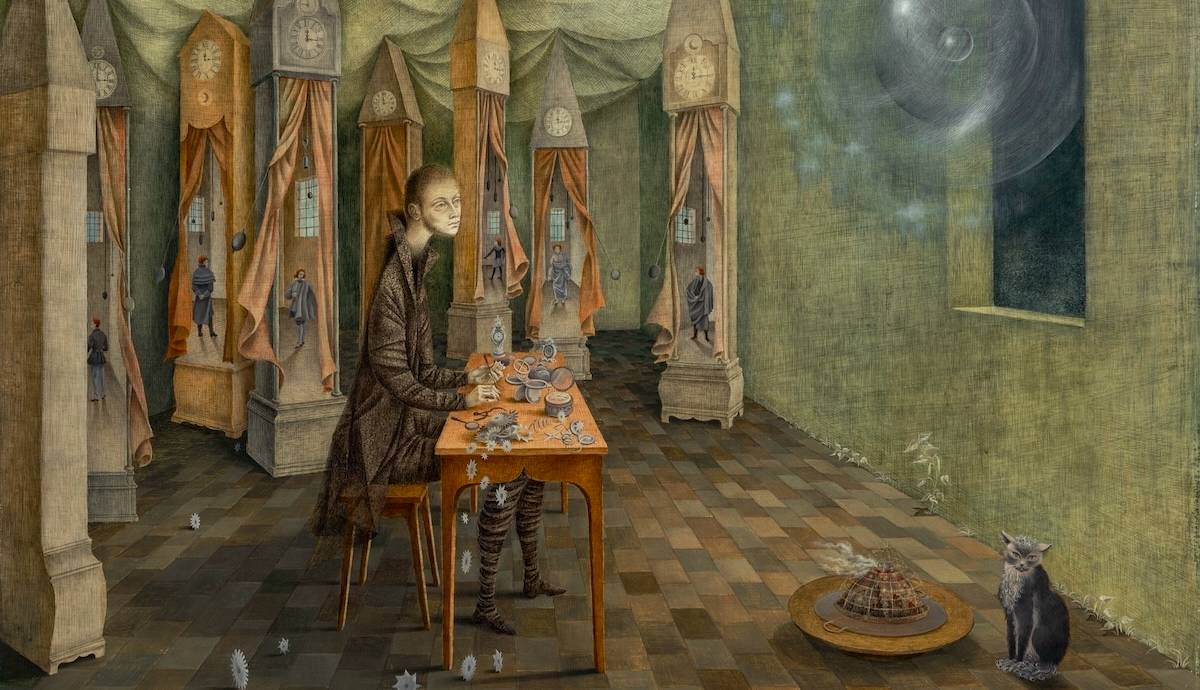
The National Museum of the Royal Navy has stepped in to save ten incredibly rare historical maps of the Spanish Armada’s defeat by the English navy in 1588.
The maps are a set of ten ink and watercolor drawings on paper depicting the progress and defeat of the Spanish Armada. The drawings are by an unknown draughtsman, possibly from the Netherlands, and are undated. Furthermore, they seem to have been abandoned midway through completion as only some of them come with Dutch text.
Earlier this year, a private collector from outside the UK bought the Armada drawings for £600,000.
Initial appeals to save the drawing failed, as no British institution appeared to be able to raise the £600,000 necessary to stop the sale.
However, the country’s Minister of Culture imposed a ban on the maps’ export and called for a campaign to keep them in Britain.
With the National Museum of the Royal Navy now leading the campaign, hopes are high that the historical maps will remain in the country.
The museum has already raised £100,000 from the annual grant it receives from the Royal Navy. This will enable the export ban to remain active for at least a few more months until January 2021.
Illustrating The Defeat Of The Spanish Armada

The Spanish Armada of 1588 was a massive Spanish fleet of 130 ships. The fleet’s mission was to invade England, dethrone Queen Elisabeth I, and install a Catholic regime. Spain, the major superpower of the time, hoped to also give an end to English and Dutch privateering. If Spain succeeded, it would remove major obstacles in its communication with the New World.
The “Invincible Armada” set off in 1588 following years of hostilities between the Spanish and the English. An English fleet prepared to face it and received the aid of the Dutch who were also defending their independence at the time.
The conclusion of the battle was a heavy defeat for the Spanish Armada. The Spanish left with a third of their ships sunk or damaged.

The historical maps tell the story of the face-off between the two fleets. They record events from “The sighting of the Armada off the Lizard, Fri 29th July” (Chart 1), all the way to “The Battle of Gravelines, Mon 8th August” (Chart 10).
Overall, the most famous images of the battle are Augustine Ryther’s 1590 engravings. However, the originals are lost.
The maps could be copies of drawings of the prominent cartographer Robert Adams, whom Ryther’s work copied. As a result, they are probably the oldest surviving depictions of the battle!
The Importance of the Historical Maps

When a collector from outside the UK bought the drawing, Culture Minister Caroline Dinenage placed a ban on their export. This decision followed the advice of a reviewing committee on the export of works of art. Why did the ministry find the drawings so important?
Culture Minister Caroline Dinenage said:
“The defeat of the Spanish Armada is central to the historical tale of what makes Britain great. It’s the story of plucky England defeating a greater foe and helped to create the world we live in today. These incredibly rare drawings are a very important part of the story of our nation and I hope, even in these challenging times, that a buyer can be found so they can be enjoyed by members of the public for generations”.
Besides, committee member Peter Barber said:
“Their importance in the creation of England’s historic self- image cannot be exaggerated. They provided the models for tapestries which served as a backdrop for the proceedings of the House of Lords and for nearly 250 years.”
He also added:
“The drawings need to be saved for the nation so that the full story behind the creation of these iconic images can be properly researched.”
In any case, if the historic drawings are to remain in the UK, £600,000 need to be raised. So far, the National Museum of the Royal Navy has raised 100,000. However, the museum is still far from its fundraising goal and is now looking for donations to save the drawings.
Read more about the campaign on the museum’s website.










